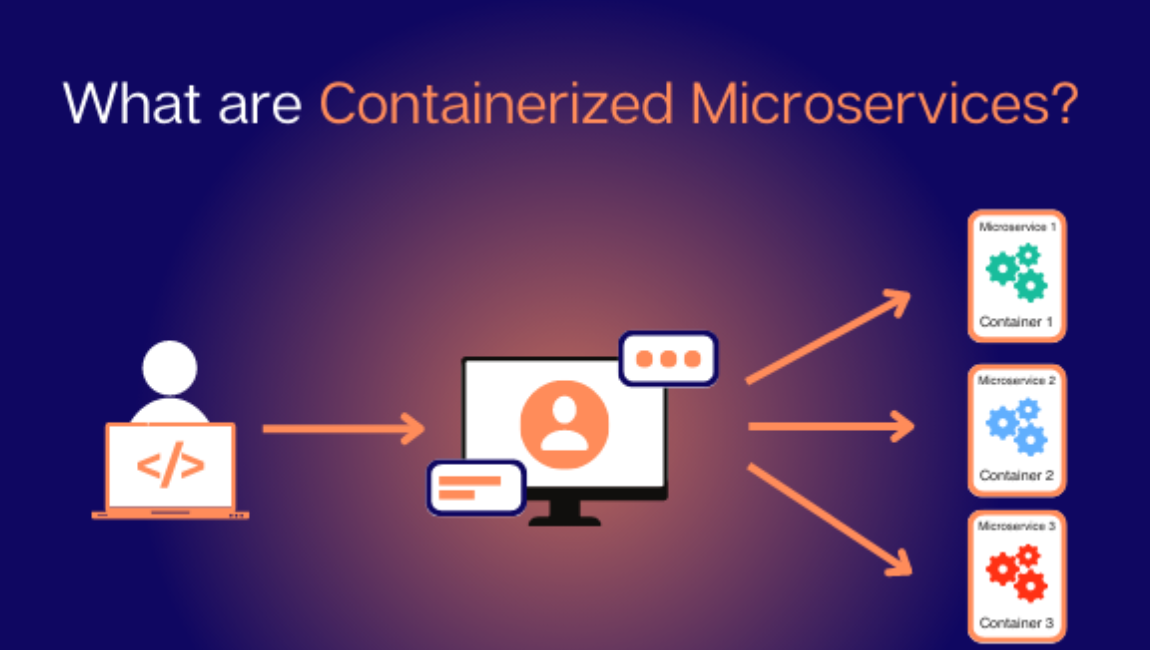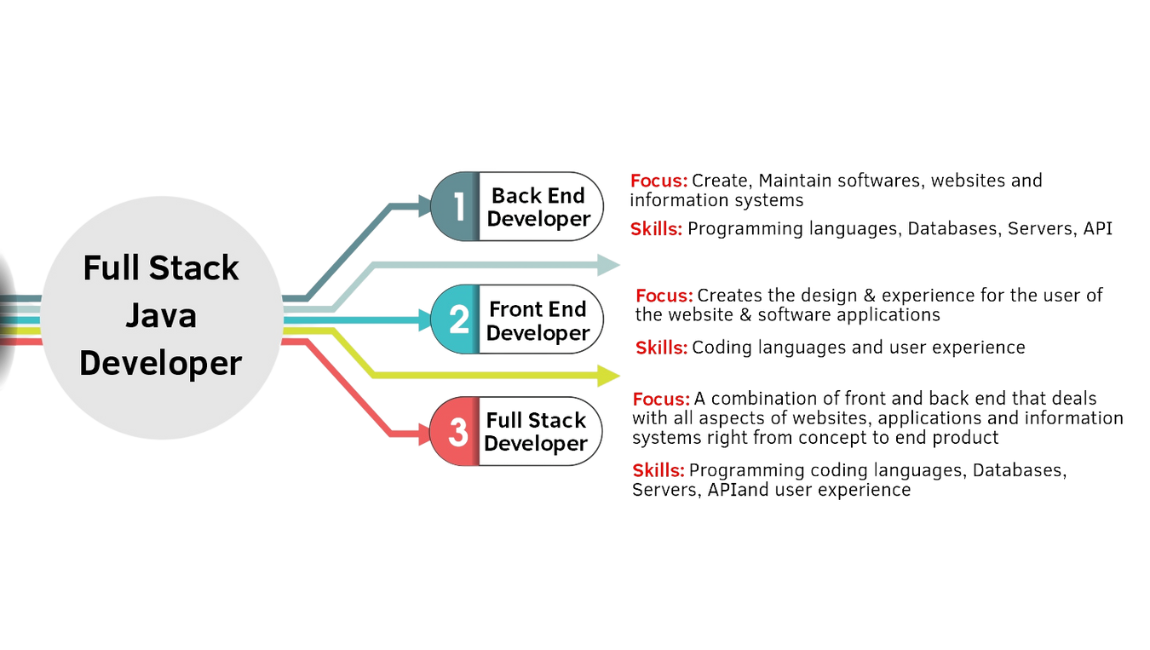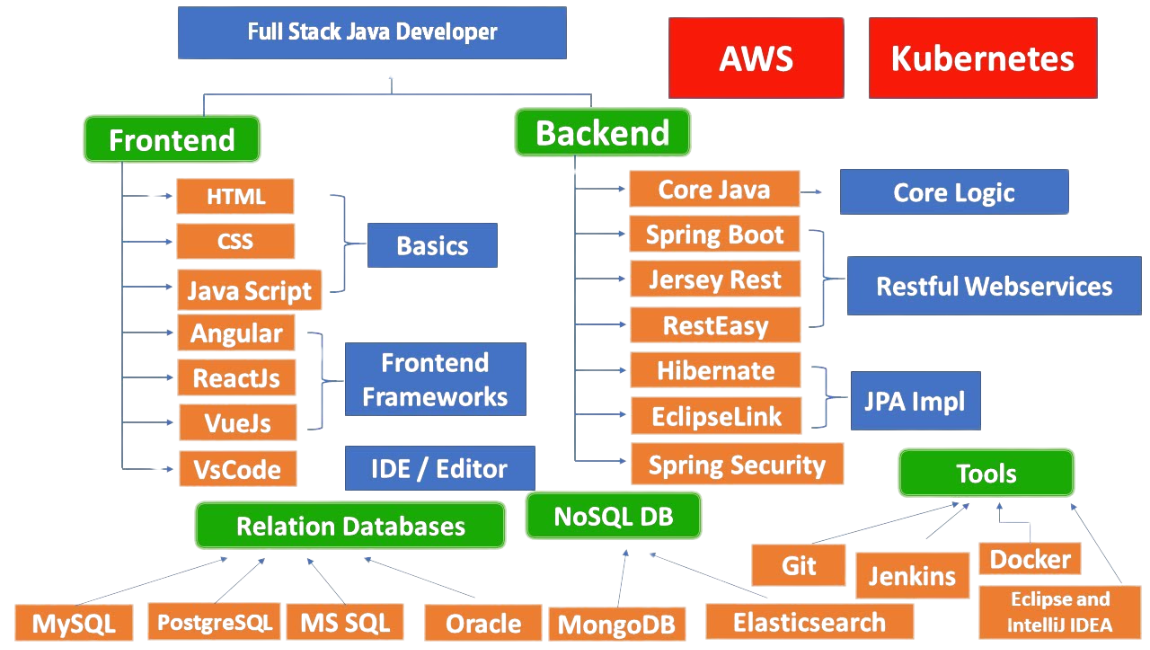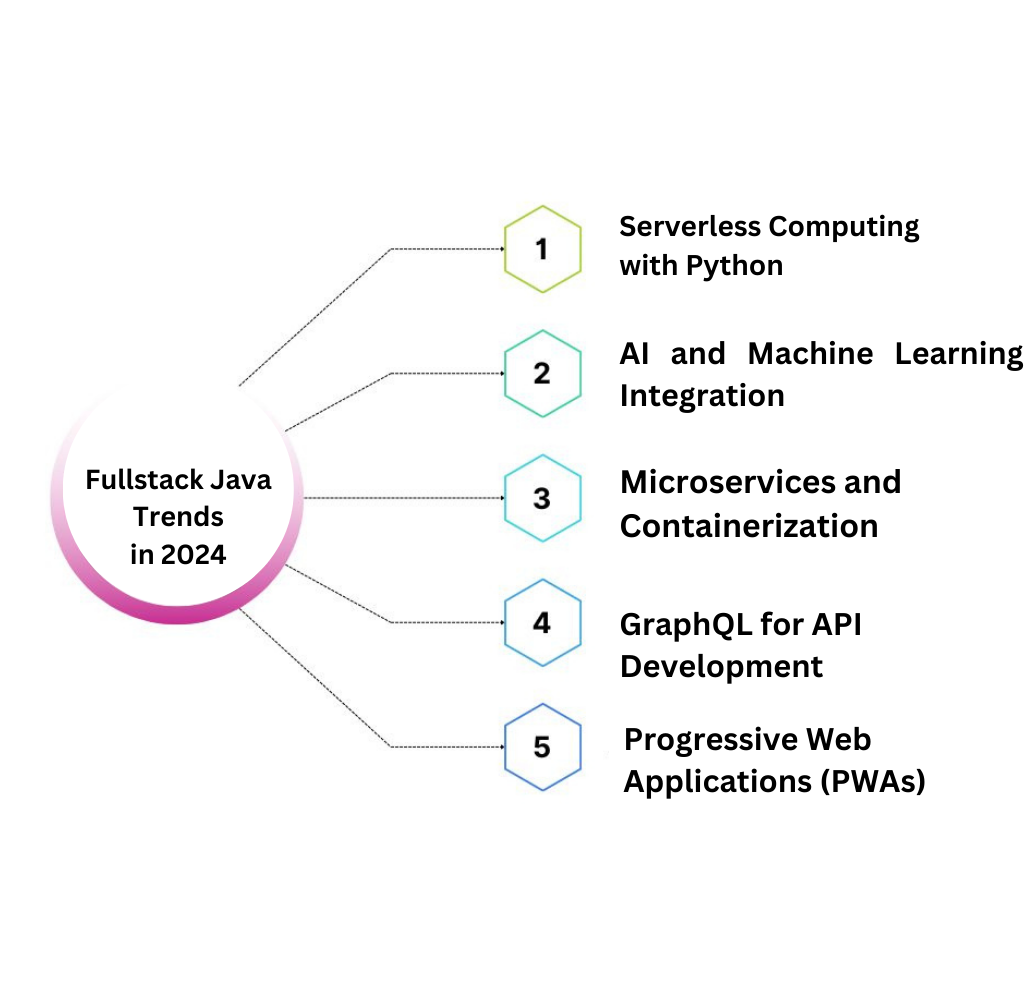Top five FullStack java trends in 2024
"Embark on the full-stack Java journey of 2024 with anticipation for five transformative trends. Expect Artificial Intelligence to deeply integrate into Java ecosystems, enhancing personalized user experiences. Immersive technologies like Augmented Reality (AR) and Virtual Reality (VR) will revolutionize frontend development, offering new avenues for user engagement. Sustainable development practices will take center stage, with Java developers prioritizing eco-friendly solutions to resonate with environmentally conscious audiences. Voice Search Optimization will continue to gain traction within Java backend development, shaping SEO strategies for a voice-activated future. Lastly, as privacy concerns persist, ethical data usage and privacy-focused development practices will emerge as essential considerations for full-stack Java developers navigating the evolving digital landscape."

1.Serverless Computing with Python:
Serverless architecture has been gaining popularity due to its scalability and cost-effectiveness. In 2024, this trend is likely to continue, with more developers adopting serverless frameworks like AWS Lambda, Azure Functions, and Google Cloud Functions for building full-stack applications with Python.
2.AI and Machine Learning Integration:
Python's dominance in the field of artificial intelligence (AI) and machine learning (ML) is expected to continue. Full-stack developers may increasingly integrate AI and ML capabilities into their applications, leveraging libraries like TensorFlow, PyTorch, and scikit-learn to develop intelligent features and enhance user experiences.


3.Microservices and Containerization:
The trend towards microservices architecture and containerization using technologies like Docker and Kubernetes is expected to continue. Full-stack developers may leverage Python frameworks like Flask and FastAPI to build microservices, enabling greater scalability, flexibility, and resilience in their applications.
4.GraphQL for API Development:
GraphQL has been gaining traction as an alternative to RESTful APIs due to its flexibility and efficiency in data fetching. In 2024, more full-stack developers may adopt GraphQL for building APIs with Python, using libraries like Graphene and Ariadne to simplify schema definition and query execution.
5.Progressive Web Applications (PWAs):
PWAs combine the best features of web and mobile applications, offering offline support, push notifications, and fast performance. Full-stack developers may increasingly use Python frameworks like Django and Flask, along with frontend technologies like React and Vue.js, to build PWAs that provide a seamless user experience across devices.

Staying Ahead with FullStack Java Trend

In the realm of full-stack Python development maturity, businesses progress through distinct phases, each indicative of their evolving strategies and proficiency in navigating the digital landscape. At the entry level (1-3), sporadic Python development efforts may mark the beginning, with a limited grasp of backend and frontend integration. As brands ascend into the emerging stage (4-5), a growing understanding of Python frameworks and libraries emerges, although strategies may lack consistency. Upon reaching the intermediate stage (6-7), businesses establish a more solid full-stack Python presence, showcasing cohesive strategies and improved application architecture. Advancing further into the advanced stage (8-9), organizations achieve high proficiency, employing sophisticated Python development tools and automation for seamless integration and deployment. Finally, at the expert level (10), businesses stand as leaders in full-stack Python development. The full-stack Python maturity rating becomes a compass guiding businesses towards greater innovation and strategic excellence in digital application development.

